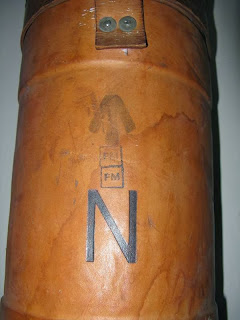Five weeks ago I set up a Facebook page for the town I live in called Days gone by in Stow on the Wold & the Villages. I had been looking at another similar Facebook group for Cheltenham and wondered if the people of Stow would find something similar interesting. Cheltenham has a population of 115,600 and they have 9,456 followers. People are sharing photos and memories and getting re-united with long lost friends.Would this work in a small town like Stow-on-the-Wold whom many people say lacks any community spirit , not being a small village where everyone knows everyone and being a town made up of long standing families, people who have businesses in the town but live elsewhere and others who have retired and moved into the town.
The Stow & the Villages group has now been open for 5 weeks and with a population of 2,794 now has 698 members. A very health comparison. It is important to remember that the whole idea of this was as much about an interest in local history as hoping to promote a feeling of community and desire to share memories of lives shared in the same town.
In the high velocity digital age we live in this is just the time to be doing this. We all took photographs in the 60s, 70s, 80s and 90s and then either filed them under the bed or in the loft and forgot about them. Our older relatives in the 10's,20',s 30's ,40's & 50's did the same. Most of those people in those photographs never actually got to see them. Nowadays, the technology is in place that without too much much effort these photos can easily be uploaded and shared to anyone who might be remotely connected with them. They may have family who came from Stow-on-the-Wold but left the town 100 years ago but now have the option to discover whole areas of family history they would never thought possible but a few years ago.Where we are lucky now with the timing of doing this is that there are still people alive now who can either remember or have the memories to still be able to put names to those faces in the photographs. Unfortunately,with the majority of photos ever printed no-one ever wrote the name of the people on them meaning that with time this information can so easily be lost.
This now, to me, validates how Facebook can work in not only providing a medium for people to communicate about their present lives but also to help share the past and record it before it is lost for ever.
A timely window. In the last 5 weeks more memories, and information about Stow has been shared than ever in it history . I think that's worthwhile.
Have a look Days gone by in Stow on the Wold & the Villages and see what you think.



NFK-Kg~~60_12.JPG)






















